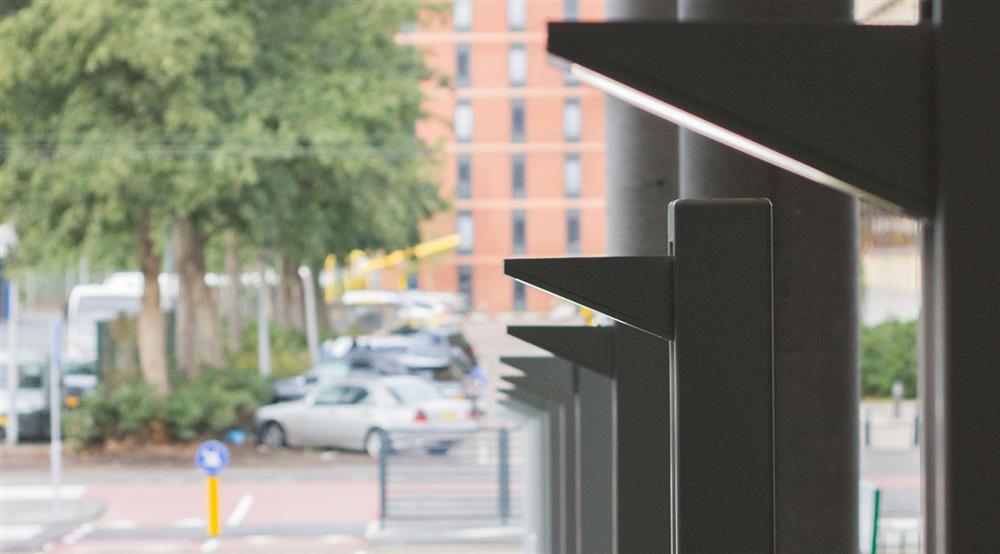
An IP rating literally translated means International Protection rating, which stands for an international code that classifies and assesses a certain degree of protection. The IP value is always represented by two digits. The former represents protection against solids and the latter against moisture and water.
Simply look up IP value in the table
If you are not (sure) about the protection at a specified IP value, you can easily look it up using the table below. Combine the first figure with the second and know exactly how much protection the lighting provides.
The first digit represents protection against solids. The second digit represents protection against moisture and water.
| Value figure | Meaning first digit | Meaning second digit |
| 0 | Not protected | Not protected |
| 1 | Protected against solid objects larger than 50mm | Protected against vertically falling water droplets |
| 2 | Protects against solid objects larger than 12mm | Protected against water drops (which fall at a maximum angle of 15 degrees) |
| 3 | Protected against solid objects larger than 2.5mm | Protected against water (which falls at a maximum angle of 60 degrees) |
| 4 | Protected against solid objects larger than 1mm | Protected against splash water |
| 5 | 100% protected against contact with wiring (live parts), for example | Protected against low-pressure water |
| 6 | 100% protected against contact with wiring and dust ingress | Protected against high-pressure water |
| 7 | 100% protected | Protected against being temporarily underwater (maximum 1 meter deep and for 30 minutes) |
| 8 | 100% protected | Protected against prolonged submersion under water, including under pressure |
What are the most common IP ratings in lighting fixtures?
The most common IP ratings for lighting fixtures are IP20, IP44, IP54, IP65 and IP67.
What IP rating do I need for outdoor lighting?
For outdoor lighting, the IP rating is important because it must be able to function under different weather conditions. If you are looking for outdoor lighting for under an awning, for example, an IP rating of 54 (IP54) is sufficient. However, when the lighting is entirely for outdoors and therefore not under a canopy, IP65 is recommended.